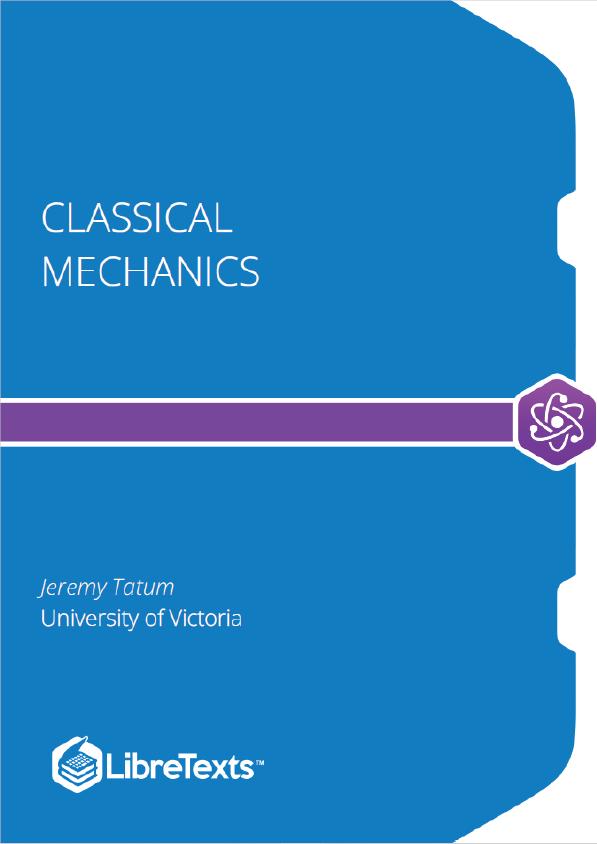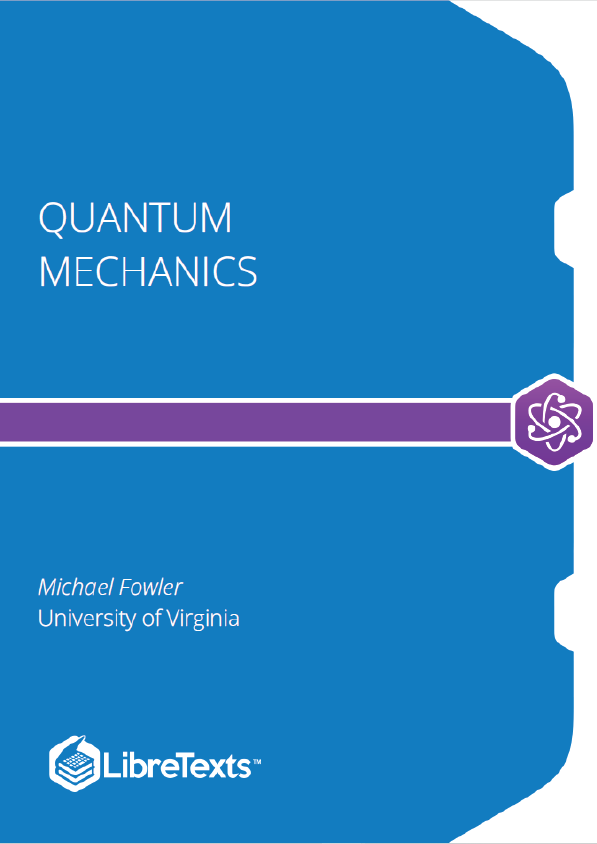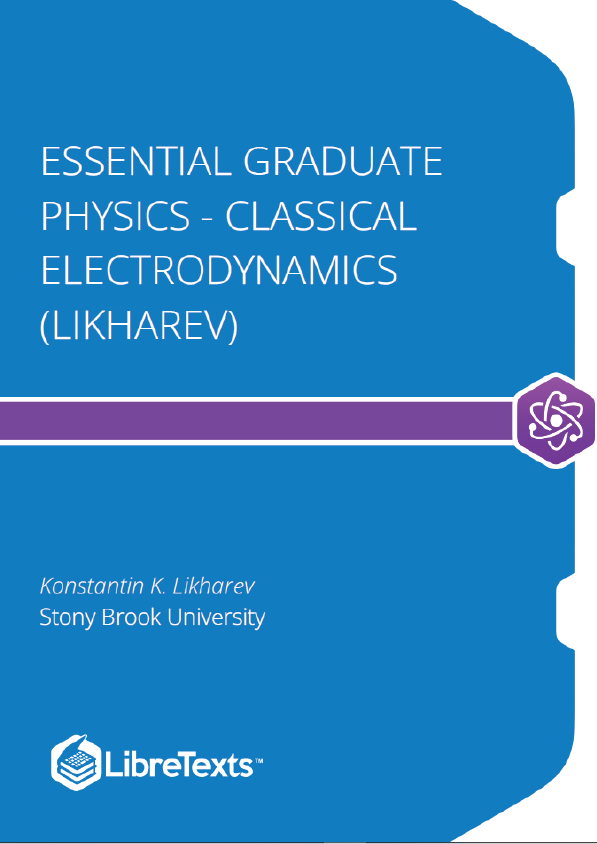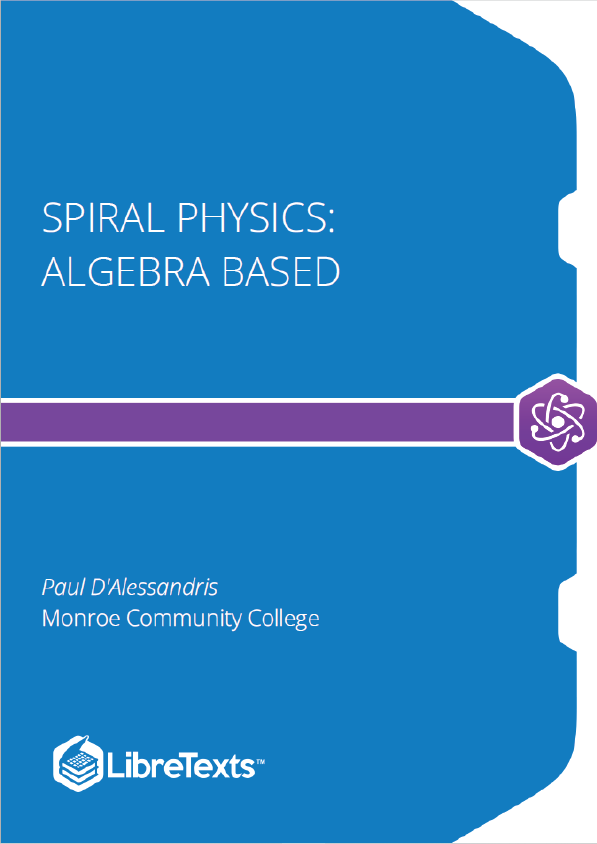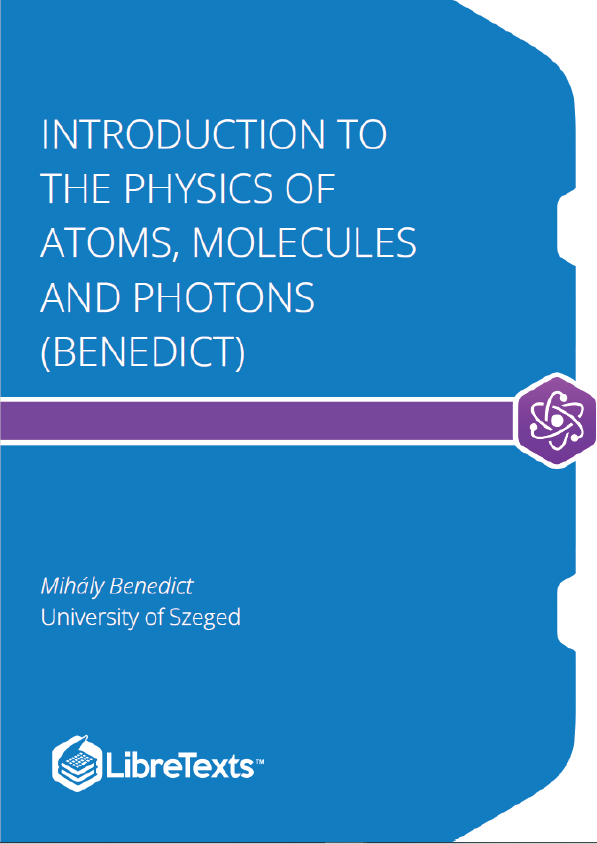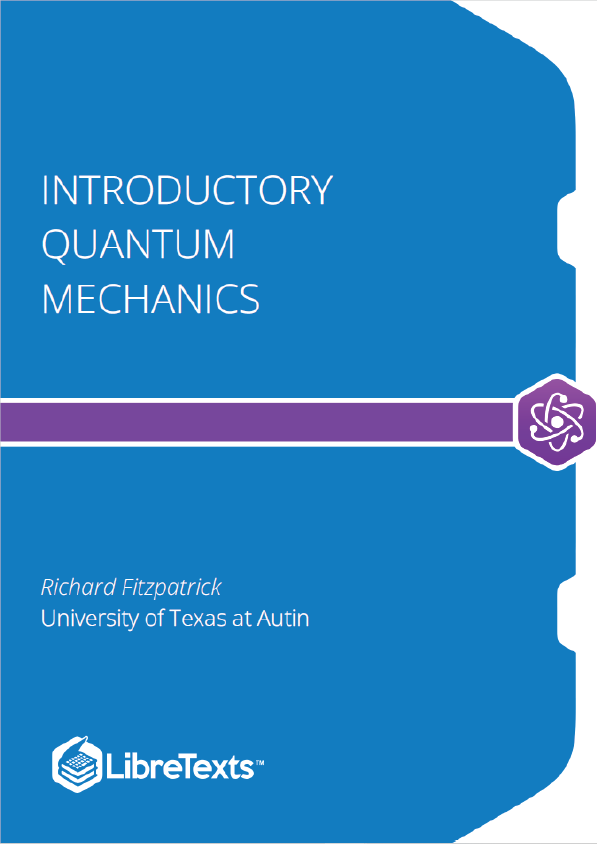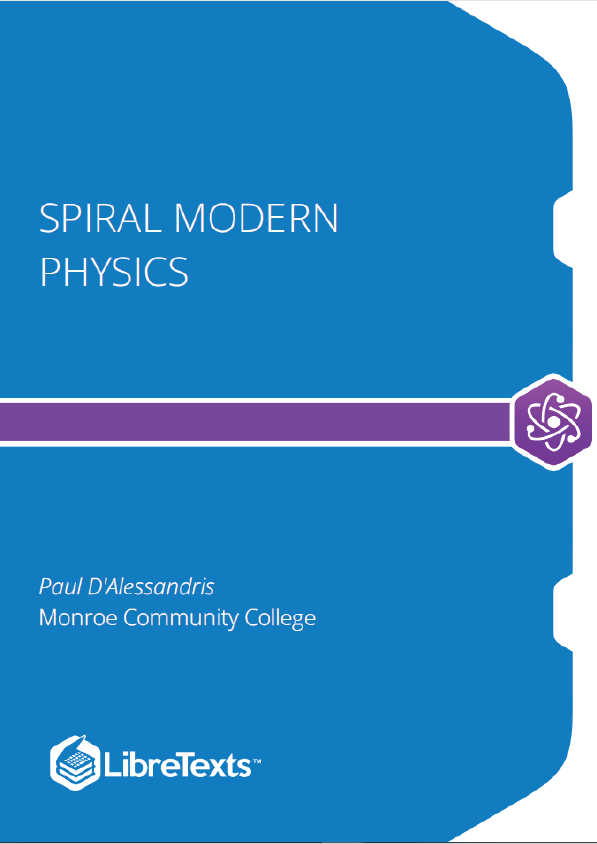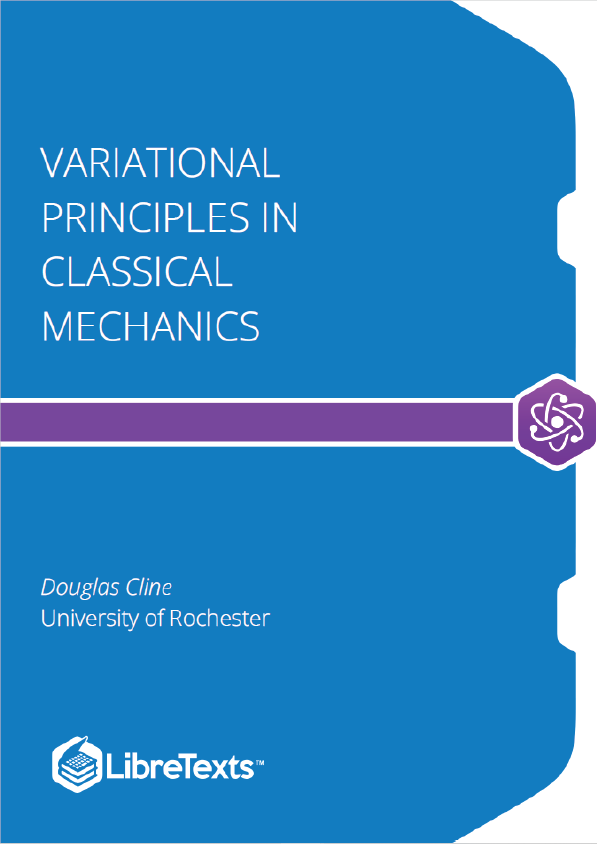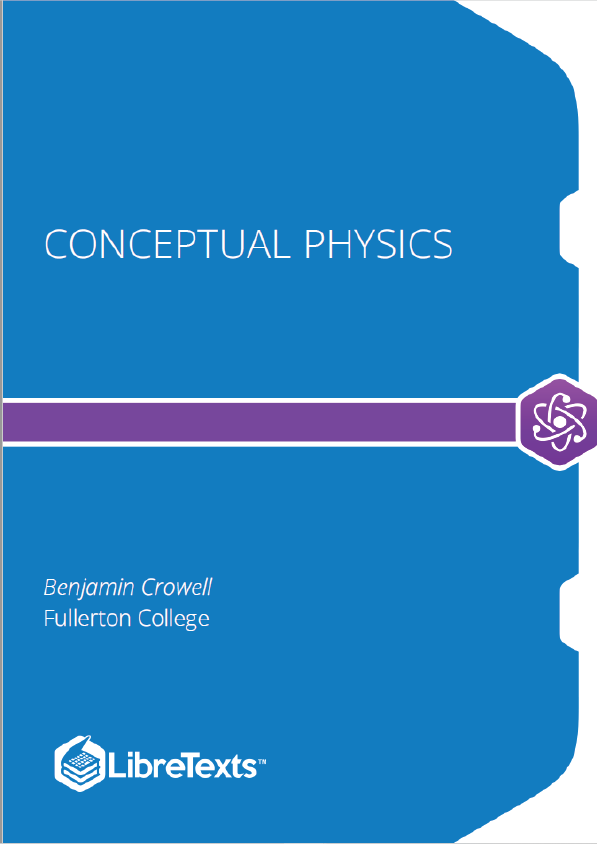Classical mechanics is the study of the motion of bodies (including the special case in which bodies remain at rest) in accordance with the general principles first enunciated by Sir Isaac Newton in his Philosophiae Naturalis Principia Mathematica (1687), commonly known as the Principia.
Pyramid
A right pyramid whose base is a regular polygon (for example, a square) can be considered to be made up of several tetrahedra stuck together. Therefore the centre of mass is 3/4 of the way from the vertex to the mid point of the base.
Cone
A right circular cone is just a special case of a regular pyramid in which the base is a polygon with an infinite number of infinitesimal sides. Therefore the centre of mass of a uniform right circular cone is 3/4 of the way from the vertex to the centre of the base.
We can also find the position of the centre of mass of a solid right circular cone by calculus. We can find its volume by calculus, too, but we’ll suppose that we already know, from the theorem of Pappus, that the volume is × base × height.
Hollow Cone
The surface of a hollow cone can be considered to be made up of an infinite number of infinitesimally slender isosceles triangles, and therefore the centre of mass of a hollow cone (without base) is 2/3 of the way from the vertex to the midpoint of the base.
Moments of Inertia
In this chapter we shall consider how to calculate the (second) moment of inertia for different sizes and shapes of body, as well as certain associated theorems. But the question should be asked: “What is the purpose of calculating the squares of the distances of lots of particles from an axis, multiplying these squares by the mass of each, and adding them all together?
Meaning of Rotational Inertia
If a force acts of a body, the body will accelerate. The ratio of the applied force to the resulting acceleration is the inertia (or mass) of the body.
If a torque acts on a body that can rotate freely about some axis, the body will undergo an angular acceleration. The ratio of the applied torque to the resulting angular acceleration is the rotational inertia of the body. It depends not only on the mass of the body, but also on how that mass is distributed with respect to the axis.
Moments of Inertia of Some Simple Shapes
A student may well ask: “For how many different shapes of body must I commit to memory the formulas for their moments of inertia?” I would be tempted to say: “None”. However, if any are to be committed to memory, I would suggest that the list to be memorized should be limited to those few bodies that are likely to be encountered very often (particularly if they can be used to determine quickly the moments of inertia of other bodies) and for which it is easier to remember the formulas than to derive them. With that in mind I would recommend learning no more than five. In the following, each body is supposed to be of mass and rotational inertia.
